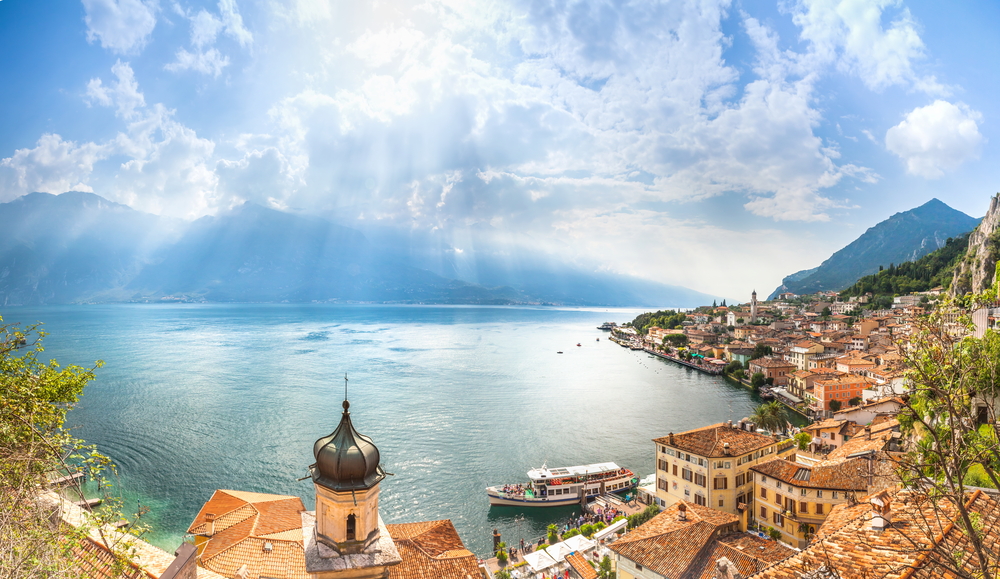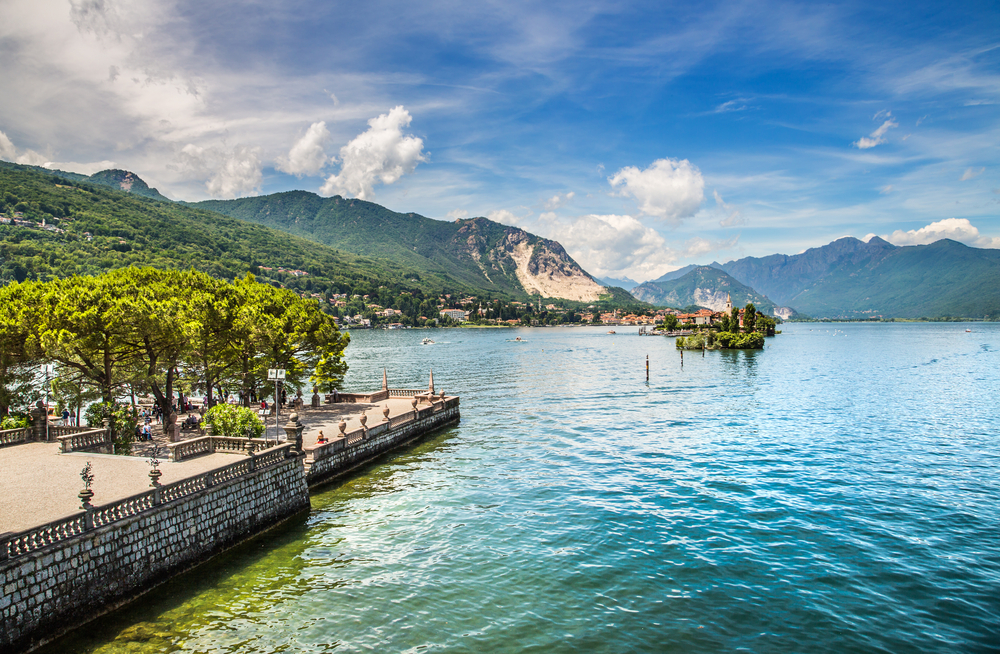Geography: Lakes
Italy, a country celebrated for its rich cultural history and diverse landscapes ranging from the Alpine peaks to the Mediterranean coastlines, is home to numerous significant lakes, each with unique characteristics. Among these, Lake Garda, the largest lake in Italy, stands out for its stunning natural beauty and the charming towns that dot its shores. The following table provides an overview of Italy's major lakes, focusing on key aspects such as the lake's surface area, its elevation above sea level, its primary water source, and the nature of its outflow.
|
Lake Name |
Area |
Elevation |
Water Source |
Outflow |
|
Lake Garda |
370 km² |
65 m |
|
|
|
Lake Maggiore |
212 km² |
193 m |
Toce and Ticino rivers; Maggia and Tresa rivers; several smaller rivers |
Ticino River |
|
Lake Como |
146 km² |
199 m |
Adda and Mera rivers; several other rivers; mountain streams |
Adda River |
|
Lake Trasimeno |
126 km² |
257 m |
Rainwater |
N/A (endorheic) |
|
Lake Bolsena |
115 km² |
305 m |
Aquifer; rainwater |
Marta River |
|
Lake Iseo |
65 km² |
185 m |
Oglio River |
Oglio River |
|
Lake Varano |
60 km² |
1 m |
Several mountain springs |
Canal of Varano; Canal of Capoiale |
|
Lake Bracciano |
58 km² |
164 m |
Rainfall; underground springs; percolation |
Arrone River |
|
Lake Lesina |
51 km² |
0 m |
Several streams; rainfall; groundwater |
Acquarotta and Schiapparo canals |
|
Lake Lugano |
49 km² |
271 m |
Several mountain streams |
Tresa River |
Copyright © 1993—2025 World Trade Press. All rights reserved.

 Italy
Italy 
